- myFICO® Forums
- FICO Scoring and Other Credit Topics
- Understanding FICO® Scoring
- Re: 8% to 7% --> 7 point increase?
- Subscribe to RSS Feed
- Mark Topic as New
- Mark Topic as Read
- Float this Topic for Current User
- Bookmark
- Subscribe
- Mute
- Printer Friendly Page
8% to 7% --> 7 point increase?
Is your credit card giving you the perks you want?
Browse credit cards from a variety of issuers to see if there's a better card for you.
- Mark as New
- Bookmark
- Subscribe
- Mute
- Subscribe to RSS Feed
- Permalink
- Report Inappropriate Content
Re: 8% to 7% --> 7 point increase?
With daily score/report updates though, he's able to tell if a data point is clean or not. If only 1 account [reporting] changes in 24 hours and the score changes, the score change was directly related to the 1 account changing. If 2 accounts change in 24 hours, it deems the score change inconclusive due to multiple variables existing.
- Mark as New
- Bookmark
- Subscribe
- Mute
- Subscribe to RSS Feed
- Permalink
- Report Inappropriate Content
Re: 8% to 7% --> 7 point increase?
@Anonymous wrote:With daily score/report updates though, he's able to tell if a data point is clean or not. If only 1 account [reporting] changes in 24 hours and the score changes, the score change was directly related to the 1 account changing. If 2 accounts change in 24 hours, it deems the score change inconclusive due to multiple variables existing.
I wouldn't be reporting these score changes if I didn't have a very high degree of confidence that the score change was attributable to a certain overnight change in the report data.
Although it hasn't happened yet, I can conceive of a scenario where I might have a very high degree of confidence that the triggering data change encompassed more than one account, in which case I would of course spell that out.

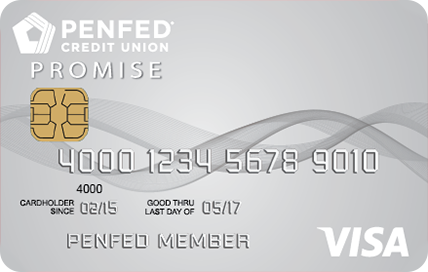

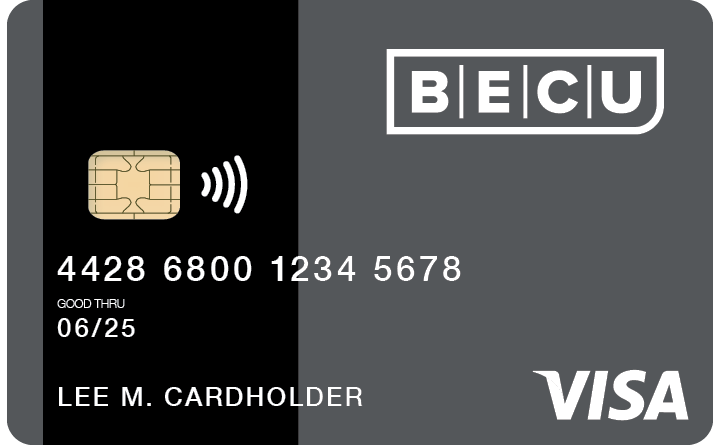










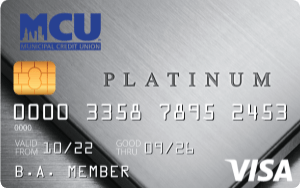
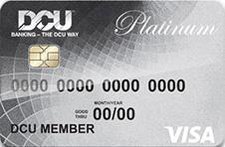

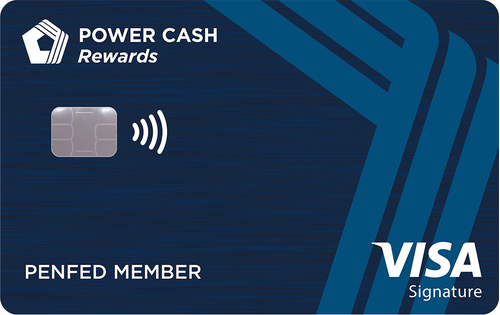


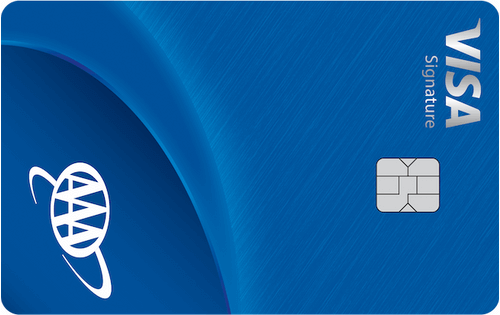
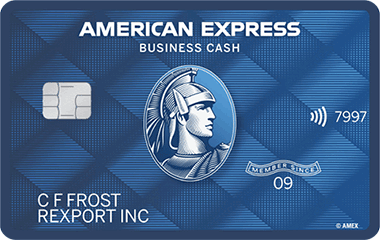
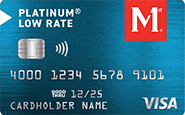
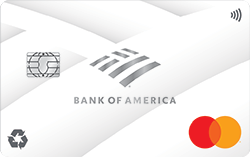


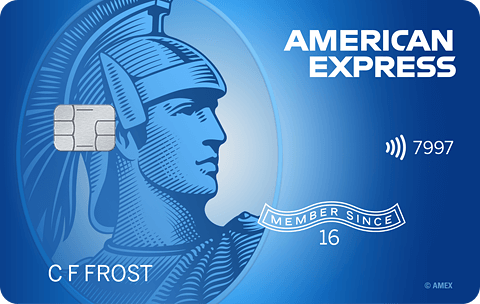




Total revolving limits 568220 (504020 reporting) FICO 8: EQ 689 TU 691 EX 682
- Mark as New
- Bookmark
- Subscribe
- Mute
- Subscribe to RSS Feed
- Permalink
- Report Inappropriate Content
Re: 8% to 7% --> 7 point increase?
@SouthJamaica wrote:
@HeavenOhio wrote:
@SouthJamaica wrote:Can 12/30 (or 40%) cards reporting a balance be a magic number for me? Somehow, I doubt that
dropping from 13 to 12 cards reporting a balance would move my scores to that degree.
How often do you get these scores? If you get these scores frequently and you have a Chase or Discover card available for testing, you can take advantage of the fact that they'll report whenever you call in and ask them to.
Charge something, request that the balance be reported, pay the card to zero, and request that the balance be reported again. If you can pull off the test within a relatively short time span, you might be able to avoid the many moving parts that would be going on in your profile.
That's the thing, I now have daily realtime access to my EX reports, as well as to 4 EX scores (FICO 2, FICO 8, FICO Bankcard 8, FICO Auto 8). So I'm getting clean readings.
It's always a better test when you're able to replicate a result.
Sometimes that's hard, such as when BBS asked about a possible 78-month AAoA threshold on some Experian scorecards. I happened to land in a strange situation where I crossed that threshold three times in less than five months. That added a lot to support his hypothesis.
Your situation should be pretty easy to replicate, though, especially with daily updates and access to Chase or Discover cards.
- Mark as New
- Bookmark
- Subscribe
- Mute
- Subscribe to RSS Feed
- Permalink
- Report Inappropriate Content
Re: 8% to 7% --> 7 point increase?
@HeavenOhio wrote:
@SouthJamaica wrote:
@HeavenOhio wrote:
@SouthJamaica wrote:Can 12/30 (or 40%) cards reporting a balance be a magic number for me? Somehow, I doubt that
dropping from 13 to 12 cards reporting a balance would move my scores to that degree.
How often do you get these scores? If you get these scores frequently and you have a Chase or Discover card available for testing, you can take advantage of the fact that they'll report whenever you call in and ask them to.
Charge something, request that the balance be reported, pay the card to zero, and request that the balance be reported again. If you can pull off the test within a relatively short time span, you might be able to avoid the many moving parts that would be going on in your profile.
That's the thing, I now have daily realtime access to my EX reports, as well as to 4 EX scores (FICO 2, FICO 8, FICO Bankcard 8, FICO Auto 8). So I'm getting clean readings.
It's always a better test when you're able to replicate a result.
Sometimes that's hard, such as when BBS asked about a possible 78-month AAoA threshold on some Experian scorecards. I happened to land in a strange situation where I crossed that threshold three times in less than five months. That added a lot to support his hypothesis.
Your situation should be pretty easy to replicate, though, especially with daily updates and access to Chase or Discover cards.
For me, it wouldn't be easy.































Total revolving limits 568220 (504020 reporting) FICO 8: EQ 689 TU 691 EX 682
- Mark as New
- Bookmark
- Subscribe
- Mute
- Subscribe to RSS Feed
- Permalink
- Report Inappropriate Content
Re: 8% to 7% --> 7 point increase?
Today I dropped another 23% revolver down to zero, moving overall utilization from rounded 9% to rounded 8%.
Incredibly, gain in FICO 8 was exactly 7 points.
Interestingly, negative reason code "High Revolving Balances" disappeared, even though I have several high balances, including a 32%-er and a 57%-er.































Total revolving limits 568220 (504020 reporting) FICO 8: EQ 689 TU 691 EX 682
- Mark as New
- Bookmark
- Subscribe
- Mute
- Subscribe to RSS Feed
- Permalink
- Report Inappropriate Content
Re: 8% to 7% --> 7 point increase?
It would seem then that the high revolving balances reason statement is not at all tied to your highest utilization card(s) as those remained a constant here. I guess that means it isolates that reason statement down to aggregate utilization percentage, or possibly overall debt dollars for those that believe they may matter.
- Mark as New
- Bookmark
- Subscribe
- Mute
- Subscribe to RSS Feed
- Permalink
- Report Inappropriate Content
Re: 8% to 7% --> 7 point increase?
@Anonymous wrote:It would seem then that the high revolving balances reason statement is not at all tied to your highest utilization card(s) as those remained a constant here. I guess that means it isolates that reason statement down to aggregate utilization percentage, or possibly overall debt dollars for those that believe they may matter.
Yeah, I'm surprised it would go away when there are multiple > 30% accounts.
This day to day reporting of EX is really handy; it gives added insight into the algorithms, almost as if each has a personality.
E.g., FICO 2 cares a lot about number of accounts with balances and doesn't care much about overall utilization, while FICO 8 is glued to overall utilization and mostly indifferent to number of accounts with balances. And FICO 8 said 'ok you've got it down to 11 accounts, that's good enough for me', while FICO 2 said 'you've still got 11 accounts with balances, that's still too much for me'.
And the two sisters don't seem to talk to each other much.































Total revolving limits 568220 (504020 reporting) FICO 8: EQ 689 TU 691 EX 682
- Mark as New
- Bookmark
- Subscribe
- Mute
- Subscribe to RSS Feed
- Permalink
- Report Inappropriate Content
Re: 8% to 7% --> 7 point increase?
Oct 2014 $46k on $127k 36% util EQ 722 TU 727 EX 727
April 2018 $18k on $344k 5% util EQ 806 TU 810 EX 812
Jan 2019 $7.6k on $360k EQ 832 TU 839 EX 831
March 2021 $33k on $312k EQ 796 TU 798 EX 801
May 2021 Paid all Installments and Mortgages, one new Mortgage EQ 761 TY 774 EX 777
April 2022 EQ=811 TU=807 EX=805 - TU VS 3.0 765

- Mark as New
- Bookmark
- Subscribe
- Mute
- Subscribe to RSS Feed
- Permalink
- Report Inappropriate Content
Re: 8% to 7% --> 7 point increase?
@NRB525 wrote:
What are the specific dollar amounts involved for each on the three cards listed? Larger dollar amounts can outweigh toy limits.
The revolver which dropped from 23% to 0 is a 10k account.
The revolver which is at 57% is a 15k account.
The revolver which is at 32% is a 20k account.































Total revolving limits 568220 (504020 reporting) FICO 8: EQ 689 TU 691 EX 682
- Mark as New
- Bookmark
- Subscribe
- Mute
- Subscribe to RSS Feed
- Permalink
- Report Inappropriate Content
Re: 8% to 7% --> 7 point increase?
Oct 2014 $46k on $127k 36% util EQ 722 TU 727 EX 727
April 2018 $18k on $344k 5% util EQ 806 TU 810 EX 812
Jan 2019 $7.6k on $360k EQ 832 TU 839 EX 831
March 2021 $33k on $312k EQ 796 TU 798 EX 801
May 2021 Paid all Installments and Mortgages, one new Mortgage EQ 761 TY 774 EX 777
April 2022 EQ=811 TU=807 EX=805 - TU VS 3.0 765
